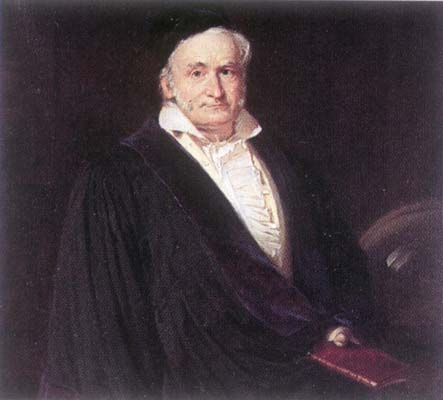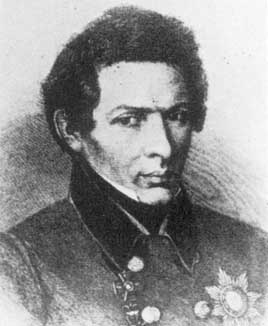
Euclid (325 BCE - 265 BCE)

COURSE: MATH 5900-010 (Independent Study)
TIME: 2:15-3:45 TRF
PLACE: Gilbreath Hall in an empty classroom!
INSTRUCTOR: Dr. Robert Gardner, OFFICE: Room 308F of Gilbreath Hall
OFFICE HOURS: By appointment
PHONE: 439-6979 (308F), Math Office 439-4349
E-MAIL: gardnerr@etsu.edu WEBPAGE: www.etsu.edu/math/gardner/gardner.htm (see my webpage for a copy of this course syllabus and updates for the course).
INTRODUCTION: This part of your Independent Study class will be a one week introduction to non-Euclidean geometry with a review of Euclidean geometry. No text is required and notes will be posted online in PDF and PS formats for you to download. These are the notes we will cover in class, and all homework problems can be solved using only the information in the notes. We will cover three main topics: Euclidean geometry, hyperbolic geometry, and elliptic geometry. The notes for these topics are available, respectively, at:
PRIMARY REFERENCES: The notes are based primarily on the following references:
SECONDARY REFERENCES: Some brief use of the following may also by made:
WARNING: We are interested in a survey of these areas and the level of rigor will not be up to the standard of most of our other graduate level classes. Also, I have quickly cobbled the notes together and the notation may be a bit inconsistent!
GRADES: Your grade for this part of the Independent Study (which will be about 20% of the course) will be based on your performance on assigned homework problems.

Johann Bolyai (1802-1860) |

Karl Gauss (1777-1855) |

Nicolai Lobachevsky (1793-1856) |
Homework 1 (Euclidean Geometry)
Homework 2 (Hyperbolic Geometry)
The following websites may be relevant to our study:
Return to Bob Gardner's webpage.